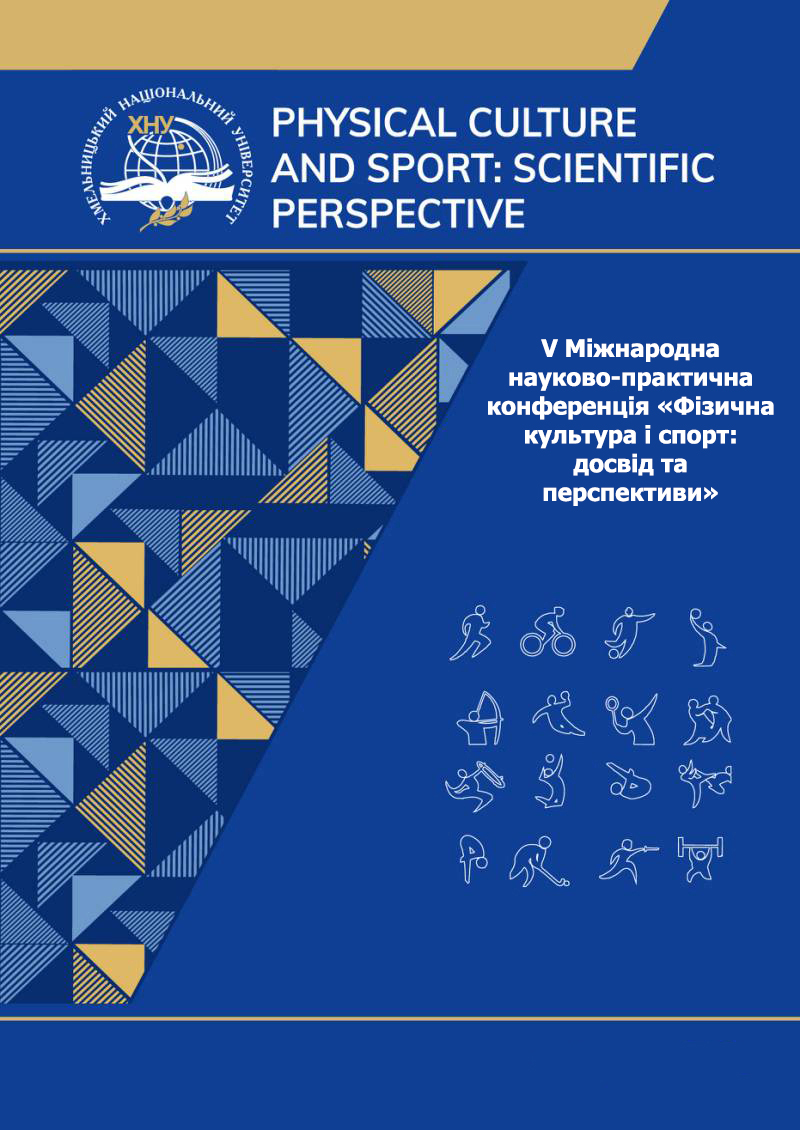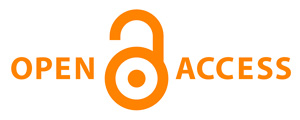EFFECTS AND COMPONENTS OF PREPROSTHETIC REHABILITATION OF PATIENTS AFTER LOWER LIMB AMPUTATION
DOI:
https://doi.org/10.31891/pcs.2025.1(1).23Keywords:
rehabilitation, amputation, residual limb, examination, technical means of rehabilitationAbstract
The article highlights the importance of doprosthetic rehabilitation for patients after amputation of the lower limbs, as well as its main components. The physical, psychological and social aspects of preparation for prosthetics are considered, which are critical for restoring motor activity, adapting to a new lifestyle and integrating into society.
Modern methods of therapeutic interventions are analyzed, including fall prevention, stone care, pain management, scar management, compression therapy, selection of technical means of rehabilitation, auxiliary devices-verticalizers, therapeutic exercises, as well as psychological support. Particular attention is paid to the role of a multidisciplinary team of specialists, which includes doctors of physical rehabilitation medicine, physical therapists, occupational therapists, assistants, prothetists and psychologists.
Psychological rehabilitation aims to reduce emotional stress, prevent depression and create motivation for an active life. An important aspect is psychotherapeutic support, which helps patients adapt to new conditions, overcome fears and accept changes in their own body.
Social adaptation includes the integration of patients into society, vocational rehabilitation and training in independent living skills. The article analyzes modern approaches to rehabilitation programs, which include a multidisciplinary approach and personalized recovery methods.
The key factors affecting the effectiveness of rehabilitation are identified, in particular the level of patient motivation, general health, the presence of concomitant diseases and the availability of modern technologies. The prospects for the development of rehabilitation in the context of innovative approaches, such as prosthetics and digital technologies for monitoring the condition of patients, are considered.
Ways to improve the preprosthetic rehabilitation system aimed at improving the quality of life of patients and their rapid social adaptation are proposed.
The article presents the main points of preprosthetic rehabilitation, describes its purpose and tasks, the main components related to the care of the residual limb after amputation and preparation for prosthetics.
References
Principles of amputation. Physiopedia URL: https://langs.physio-pedia.com/uk/principles-of-amputation-uk/
Caring for the stump. ProtezHub knowledge base. URL: URL: file:///C:/Users/ACER/Downloads/Telegram%20Desktop/%D0%94%D0%BE%D0%B3%D0%BB%D1%8F%D0%B4_%D0%B7%D0%B0_%D0%BA%D1%83%D0%BA%D1%81%D0%BE%D1%8E,_%D1%88%D0%BA%D1%96%D1%80%D0%BE%D1%8E,_%D0%BF%D1%80%D0%BE%D1%82%D0%B5%D0%B7%D0%BE%D0%BC_%D0%9B%D0%B8%D1%81%D1%82%D1%96%D0%B2%D0%BA%D0%B0.pdf
Preparing a patient with a lower limb amputation for prosthetics – Physiopedia Multilingual. URL: https://langs.physio-pedia.com/uk/pre-fitting-management-of-the-patient-with-a-lower-limb-amputation-uk/
How to prepare a kuksu. ProtezHub knowledge base. https://protezhub.com/blog/yak-pidhotuvaty-kuksu-do-protezuvannya
Brazhanyuk A., Dotsyuk L. Technical means of rehabilitation. Educational manual. Chernivtsi National University. 2024. Pages 32, 55, 133.
Downloads
Published
How to Cite
Issue
Section
License
Copyright (c) 2025 АНДРІЙ БРАЖАНЮК, СВІТЛАНА СЕРМАН

This work is licensed under a Creative Commons Attribution 4.0 International License.





